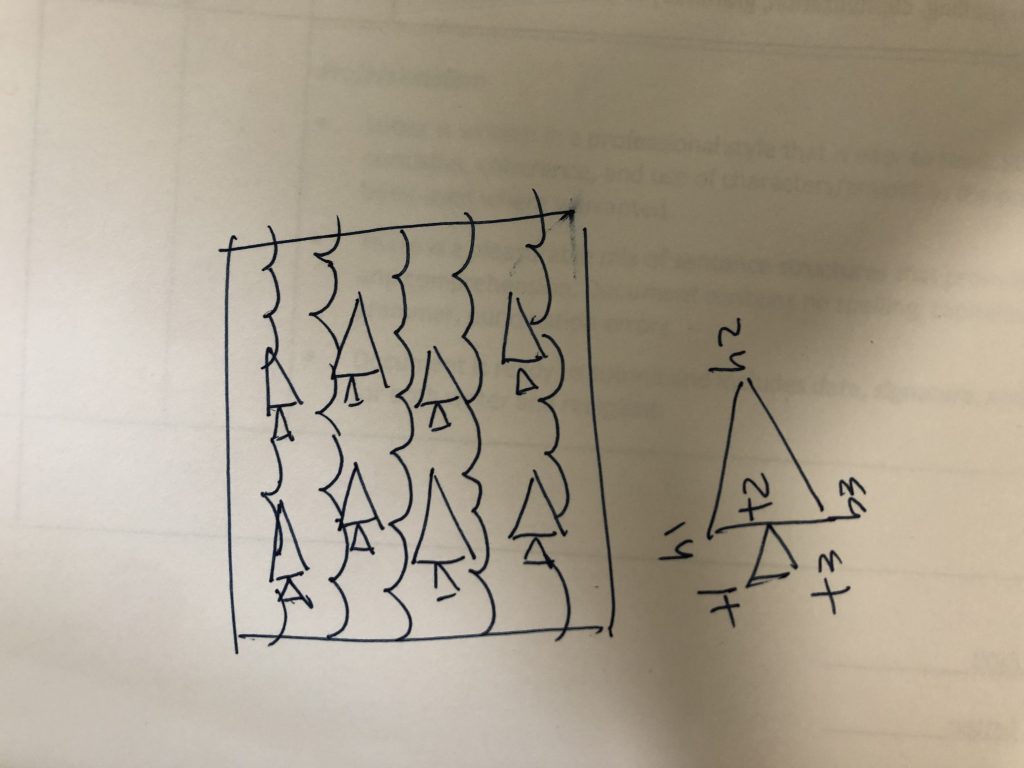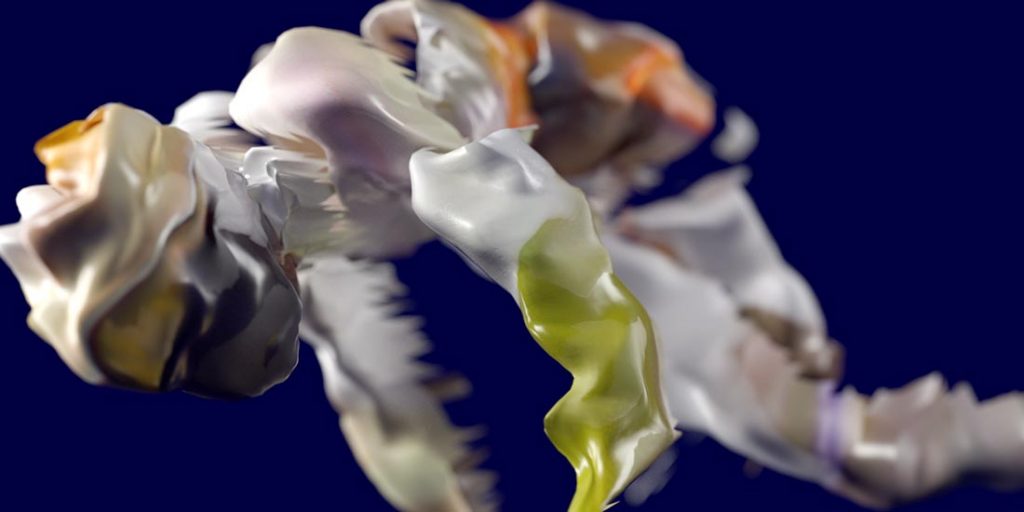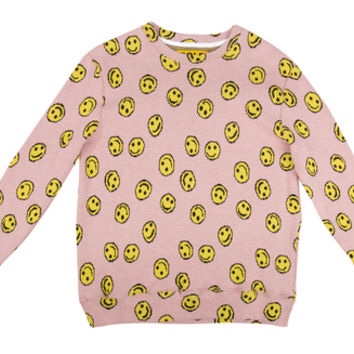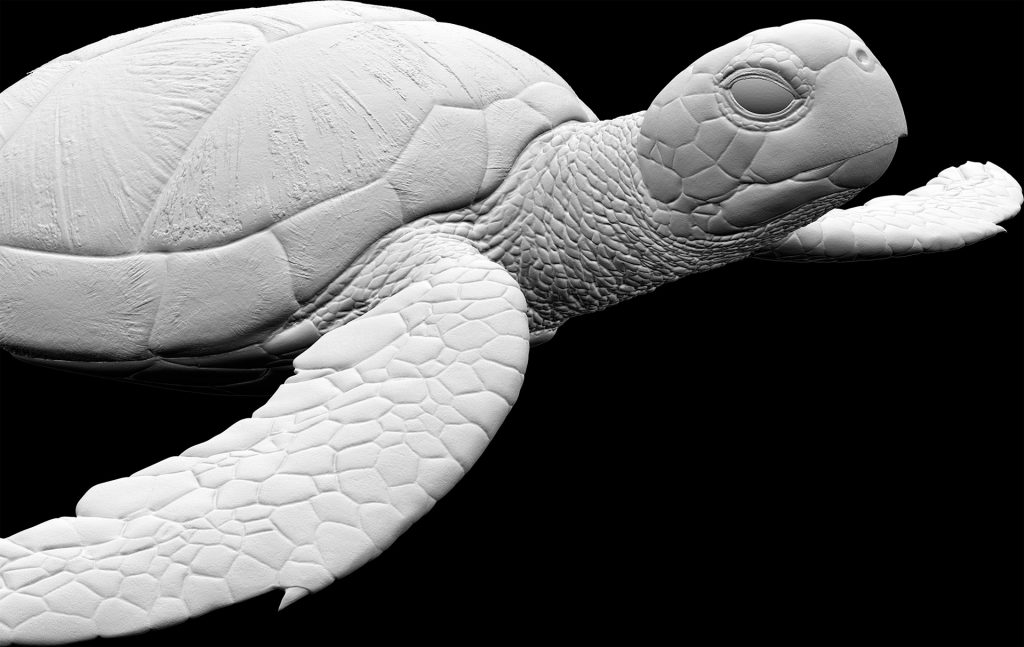sketch
This approach is to take advantage of the multiple nested loops to further my string art approach of creating the red “illusion” curves through repetition and more rigid layouts. The inspiration is still from the Sharingan in Naruto.
function setup() {
createCanvas(600, 600);
background("black");
}
var anglevar radius = 8
function draw() {
for (var y = 0; y<height; y+=60){
for (var x = 0; x<width; x+=60){
stroke(35,41,54);
strokeWeight(2);
line(x, y, x+60, y+60) stroke(148,148,148);
line(x+40, y, x-40, y+60) stroke(77,78,80);
line(x+30, y, x+90, y+60); }
}
var radiusTwo = 12;
for (var y = 0; y < height; y+=120){
for(var x = 0; x < width; x+=100){
push();
translate(x+50, y+30+40);
for (var i = 0; i<6; i++){
push();
rotate(radians(30));
rotate(radians(i*360/6));
noStroke();
fill(255,255,102);
circle(radiusTwo, 0, 5);
pop();
}
pop();
}
}
for(var y = 0; y < height; y += 120){
for (var x = 0; x < width; x+= 100){
push();
translate(x+50, y+30); rotate(-PI/2);
for (angle = 0; angle <90; angle += 5){
angConv = radians(angle);
angConv2 = 1.5*angConv;
strokeWeight(0.5);
stroke("red");
line(radius+radius*cos(angConv), radius*sin(angConv), 2*radius*cos(angConv2), 2*radius*sin(angConv2));
}
for (angle=90; angle<100; angle += 3){
angConv = radians(angle);
angConv2 = 1.8*angConv;
strokeWeight(0.5);
stroke("red");
line(radius+radius*cos(angConv), radius*sin(angConv), 2*radius*cos(angConv2), 2*radius*sin(angConv2));
}
for (angle=120; angle<=180; angle += 3){
angConv = radians(angle);
angConv2 = 3*angConv;
strokeWeight(0.5);
stroke("red");
line(radius+radius*cos(angConv), radius*sin(angConv), -radius-radius*cos(angConv2), -radius*sin(angConv2));
}
for (angle=135; angle<163; angle+=4){
angConv = radians(angle);
strokeWeight(0.5);
stroke("red");
line(radius, radius, 2*radius*cos(angConv), 2*radius*sin(angConv));
}
rotate(PI/2); translate(-30, 50);
rotate(radians(30));
for (angle = 0; angle <90; angle += 5){
angConv = radians(angle);
angConv2 = 1.5*angConv;
strokeWeight(0.5);
stroke("red");
line(radius+radius*cos(angConv), radius*sin(angConv), 2*radius*cos(angConv2), 2*radius*sin(angConv2));
}
for (angle=90; angle<100; angle += 3){
angConv = radians(angle);
angConv2 = 1.8*angConv;
strokeWeight(0.5);
stroke("red");
line(radius+radius*cos(angConv), radius*sin(angConv), 2*radius*cos(angConv2), 2*radius*sin(angConv2));
}
for (angle=120; angle<=180; angle += 3){
angConv = radians(angle);
angConv2 = 3*angConv;
strokeWeight(0.5);
stroke("red");
line(radius+radius*cos(angConv), radius*sin(angConv), -radius-radius*cos(angConv2), -radius*sin(angConv2));
}
for (angle=135; angle<163; angle+=4){
angConv = radians(angle);
strokeWeight(0.5);
stroke("red");
line(radius, radius, 2*radius*cos(angConv), 2*radius*sin(angConv));
}
rotate(radians(-30)); translate(60, 0);
rotate(radians(-30));
for (angle = 0; angle <90; angle += 5){
angConv = radians(angle);
angConv2 = 1.5*angConv;
strokeWeight(0.5);
stroke("red");
line(radius+radius*cos(angConv), radius*sin(angConv), 2*radius*cos(angConv2), 2*radius*sin(angConv2));
}
for (angle=90; angle<100; angle += 3){
angConv = radians(angle);
angConv2 = 1.8*angConv;
strokeWeight(0.5);
stroke("red");
line(radius+radius*cos(angConv), radius*sin(angConv), 2*radius*cos(angConv2), 2*radius*sin(angConv2));
}
for (angle=120; angle<=180; angle += 3){
angConv = radians(angle);
angConv2 = 3*angConv;
strokeWeight(0.5);
stroke("red");
line(radius+radius*cos(angConv), radius*sin(angConv), -radius-radius*cos(angConv2), -radius*sin(angConv2));
}
for (angle=135; angle<163; angle+=4){
angConv = radians(angle);
strokeWeight(0.5);
stroke("red");
line(radius, radius, 2*radius*cos(angConv), 2*radius*sin(angConv));
}
pop();
}
}
}

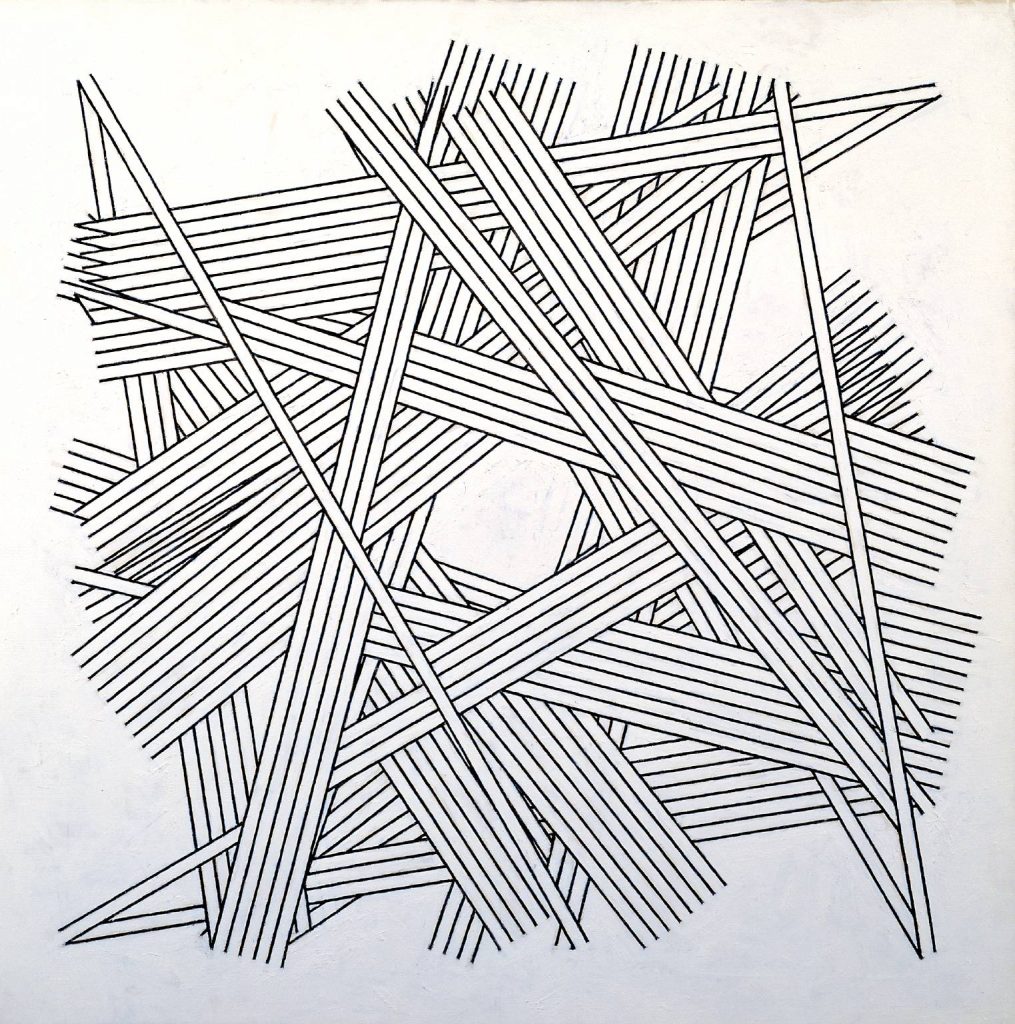
![[OLD FALL 2019] 15-104 • Introduction to Computing for Creative Practice](../../../../wp-content/uploads/2020/08/stop-banner.png)
